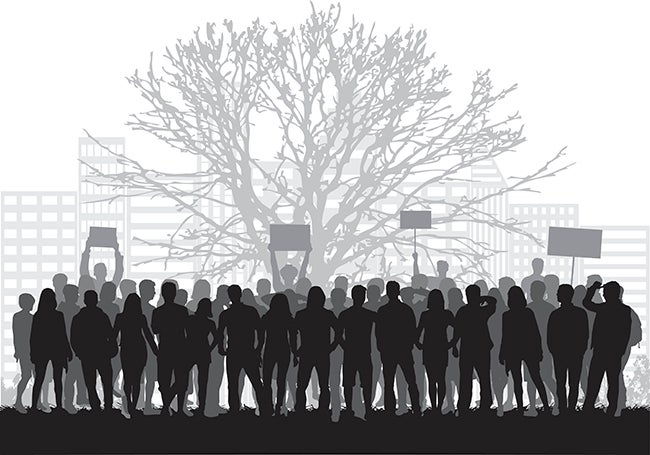The biweekly “So What” guide highlights advice, events, and tips – mostly from the advocacy and evaluation worlds, lovingly selected (and lightly snarked) by the Aspen Planning and Evaluation Program. We’re a consulting practice at the Aspen Institute that partners with foundations, nonprofit organizations, and individual funders to help them strengthen their efforts to bring about positive change in society.
Does fake news really make a difference?
The US and other countries worry about the new “epidemic” of fake news and alternative facts. But a new study may put some concerns to rest. Stanford researchers attempted to calculate the impact of fake news on the election. They found that in order to have swayed the election in favor of candidate Trump, one piece of fake news would have to be as influential as 36 TV ads. But fake news has other consequences harder for economists to assess, like the “Pizzagate” conspiracy theory that brought a gunman to a Washington, DC family-owned restaurant.
Sustaining resistance
A series of protests and marches have occupied the national mall for the past few weeks. As we noted two weeks ago, views are mixed on whether walking around in pink hats or standing in a police corral for hours actually makes a difference. But it seems that what happens after the march tends to be the more important part.
The LA Times explains that developing unity among fragmented protesters is key to keeping momentum and sustaining resistance. Beyond arguing what you are against, a movement needs a common cause, something to fight for. If you prefer the institutionalized approach to resistance, check out Alliance for Justice’s new resource on using 501(C)(4) organizations for social change.
Social protesting
You may possibly have heard that on Holocaust Remembrance Day, an executive order banned the entry of immigrant and non-immigrant aliens from seven Muslim-majority countries for 90 days, and halted all refugee entry for 120 days. The response, generated through social media, at airports and city centers throughout the US, was stunningly rapid. It felt good to be part of that loose network, but it served as a timely reminder to check out the Center for Evaluation Innovation’s guide to help evaluators assess social network development.

